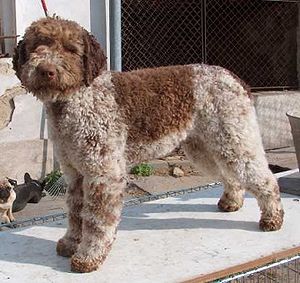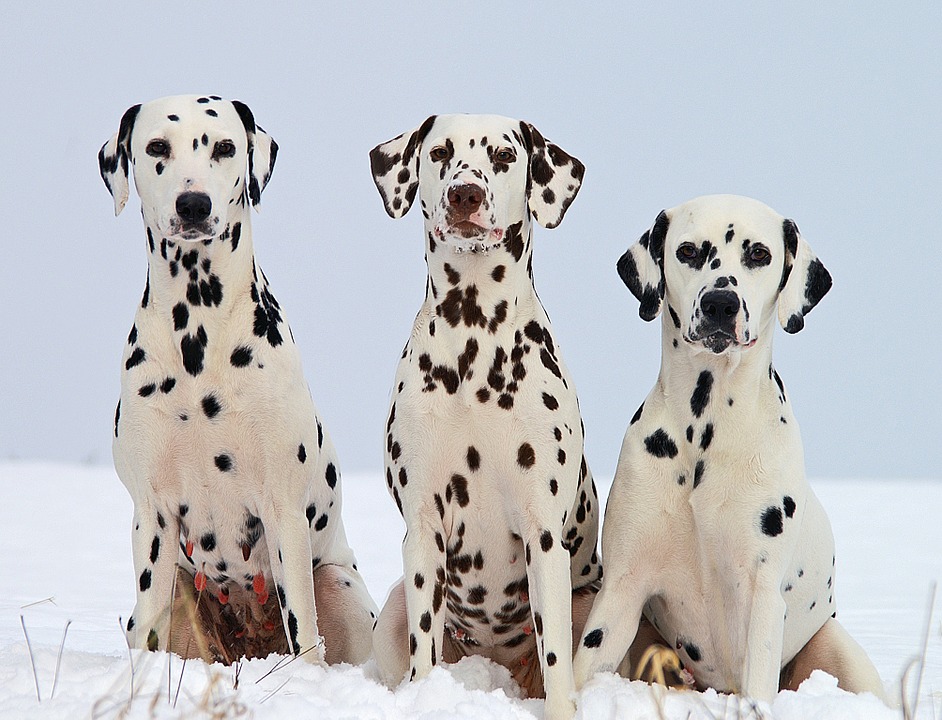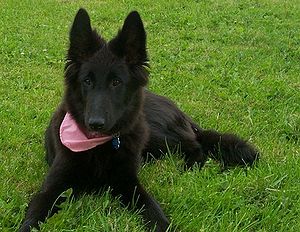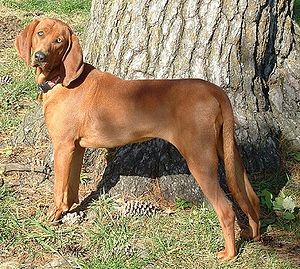 |
| Vital Statistics: |
| Place of Origin: Italy |
| Group: Sporting, Gun Dog |
| Height: males 17-19 in., females 16-18 in. |
| Weight: males 29-35 lbs., females 24-32 lbs. |
| Life span: 11-12 yrs. |
| Trainability: high |
| Good with children: yes, with older children |
| Good with other pets: yes, with early socialization |
What is the origin of the Lagotto Romagnolo?
Although new to the U.S., the Lagotto Romagnolo have been used as retrievers in their native Italy since the 16th century. Later they were trained to hunt truffles (an underground edible tuber), a delicacy that sells for thousands of dollars.
What does the Lagotto Romagnolo look like?
Males are 17-19 inches tall and weigh 29-35 lbs. Females are 16-18 inches tall and weigh 24-32 lbs. Eyes are large and round, dark yellow to dark brown in color. Ears are pendant.The coat is dense, rough, wooly with tight curls on the entire body. The coat is water-resistant and sheds littles. Curls on the face form eyebrow, whiskers and beard. Colors are off-white, orange, shades of brown, white with orange or brown patches or brown roan, sometimes with brown mask with any color. The coat should be brushed twice a week. Spray with water to restore curls. The coat needs clipping about 4 times a year.
What is the temperament of the Lagotto Romagnolo?
The Lagotto is a highly intelligent dog that needs both physical and mental stimulation. Early positive training and socialization will help avoid behavior problems. They are very affectionate and strongly devoted to their family. They are good with children and other pets, but may be wary of strangers. Lagotti love to dig and may dig up the garden. Sometimes offering them their own spot for digging helps. These are high energy dogs and need daily vigorous exercise with an active owner.
What is the Lagotto Romagnolo used for?
The Lagotto Romagnolo is the only dog in the world known as a specialized truffle hunter. They compete in agility, tracking, and obedience trials. They love to swim. Best of all, Lagotti are loyal, loving family companions.
Possible Health Issues
Congenital aortic stenosis, hypothyroidism, juvenile epilepsy, hip dysplasia.
- American Cocker Spaniel
- Boykin Spaniel
- Bracco Italiano
- Brittany Spaniel
- Chesapeake Bay Retriever
- Clumber Spaniel
- Curly-coated Retriever
- Dalmatian
- English Setter
- English Springer Spaniel
- German Shorthaired Pointer
- Gordon Setter
- Irish Red & White Setter
- Japanese Akita Inu
- Kai Ken Dog
- Karelian Bear Dog
- Labrador Retriever
- Llewellyn Setter
- Mountain Cur
- Nova Scotia Duck Tolling Retriever
- Picardy Spaniel
- Pudelpointer
- Russian Spaniel
- Spinone Italiano
- Vizsla
- Weimaraner
- Welsh Springer Spaniel
- Welsh Terrier
- Wetterhoun
- Wirehaired Pointing Griffon
- Wirehaired Vizsla
- American Cocker Spaniel
- Barbet
- Boulet Griffon
- Boykin Spaniel
- Bull Terrier
- Clumber Spaniel
- Curly-coated Retriever
- Dalmatian
- English Cocker Spaniel
- English Setter
- English Springer Spaniel
- Flat-coated Retriever
- German Shorthaired Pointer
- Golden Retriever
- Gordon Setter
- Harrier
- Irish Setter
- Irish Water Spaniel
- Kishu Inu
- Kooiker Hound (Kooikerhondje)
- Labrador Retriever
- Landseer
- Mountain Cur
- Nova Scotia Duck Tolling Retriever
- Otterhound
- Picardy Spaniel
- Poodle
- Pudelpointer
- Redbone Coonhound
- Redtick Coonhound
- Rhodesian Ridgeback
- Spinone Italiano
- Stabyhoun
- Sussex Spaniel
- Telomian
- Treeing Tennessee Brindle
- Vizsla
- Weimaraner
- Welsh Springer Spaniel
- Wirehaired Pointing Griffon
- Wirehaired Styrian Mountain Hound
- Wirehaired Vizsla



